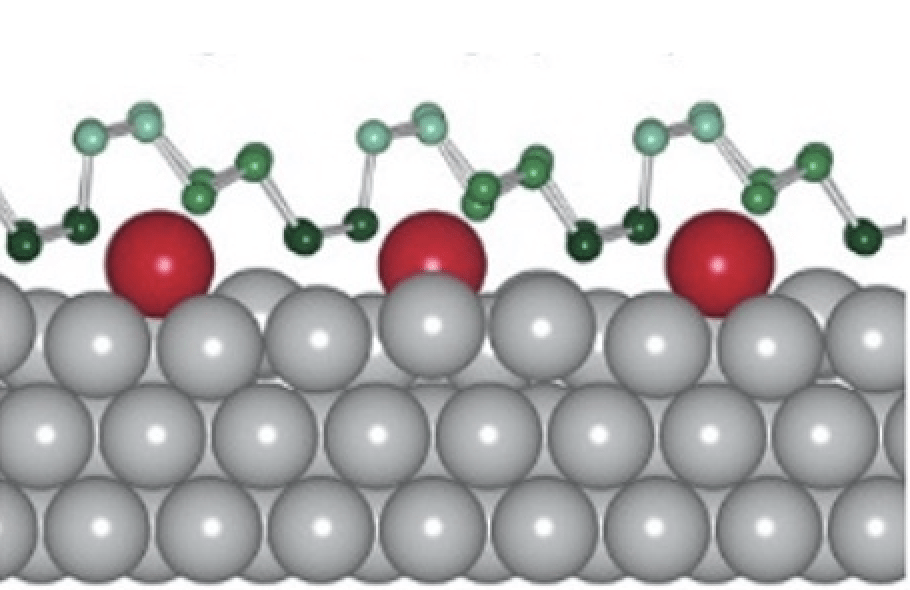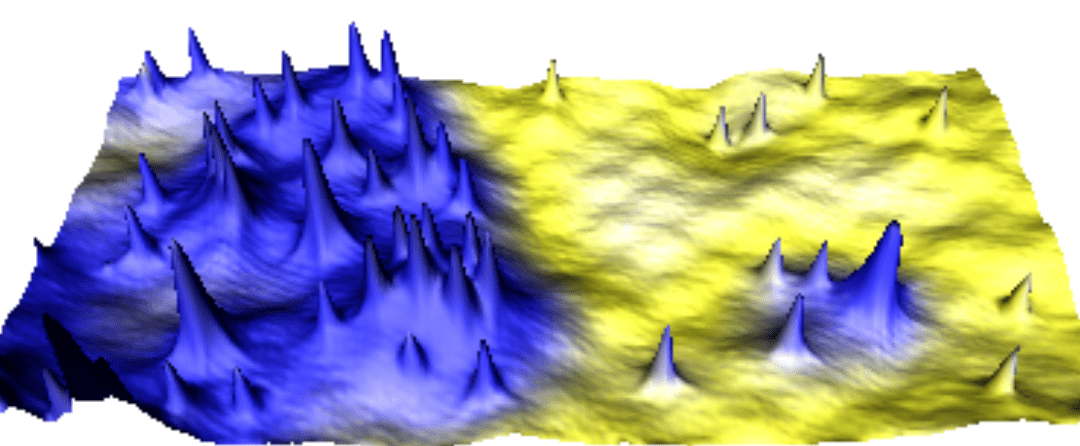Laboratoire: MPQ (Matériaux et Phénomènes Quantiques), Université Paris Cité & CNRS
Adress: Bâtiment Condorcet – 10 Rue A. Domon et L. Duquet – 75013 Paris
Internship/PhD supervisor: François Mallet
Tel: 0678692918
e-mail: francois.mallet@sorbonne-universite.fr
Scientific project:
In the TELEM team of the MPQ laboratory, a platform for injecting pure spin current i.e. magnons, into 2D materials by radiofrequency pumping of the resonance of an adjacent ferromagnetic metal has just been set up. In a recent work, we obtained a clear spin-pumping signature in graphene: the damping of the ferromagnetic resonance increases in its presence. The next stage of this project therefore aims to study not only the generation, but also the propagation of magnons in this material by inverse spin Hall effect in a material with strong spin-orbit coupling [2]. Conversely, we have also demonstrated that another 2D material such as WSe2 significantly enhances the coherence of Co’s thin-film FMR (on the order of a few nanometers). This opens up new prospects in the field of optomagnonics, with the possibility of making the coupling between magnons and photons tunable [3].
[1] J.F. Sierra, J. Fabian, R.K. Kawakami, et al., Nat. Nanotechnol. 16 (2021), 856–868
[2] D. Indolese, S. Zihlmann, P. Makk, et al., Phys. Rev. Applied 10 (2018), 044053.
[3] S. Yoshii, K. Kato, E. Shigematsu, et al. Phys. Rev. B 106, (2022) 174414.
Methods and techniques: micro and nanofabrication in clean-room environment (e-beam lithography, thin film deposition, …) structural characterizations by atomic force microscope, electrical transport and magnetotransport measurements from 1K to 350K, from DC to RF (10 GHz).
Possibility to go on with a PhD: YES
Envisaged fellowship: EDPIF
À lire aussi

Propriétés électroniques des allotropes de phosphorène contraints
(a) Schéma d'une surface vicinale. (b) Un des allotropes du phosphorène. (c) Résolution atomique par STM. Laboratoire: MPQ (Matériaux et Phénomènes Quantiques), Université Paris Cité & CNRSAdresse: Bâtiment Condorcet – 10 Rue A. Domon et L. Duquet – 75013...
Properties of chiral molecule / metallic interfaces
Laboratoire: MPQ (Matériaux et Phénomènes Quantiques), Université Paris Cité & CNRSAdresse: Bâtiment Condorcet – 10 Rue A. Domon et L. Duquet – 75013 ParisDirecteur de stage/thèse: Amandine BellecTel: 0157276290e-mail: amandine.bellec@u-paris.fr Scientific...

Controlling the properties of 2D materials at the atomic scale by defect engineering
Laboratoire: MPQ (Matériaux et Phénomènes Quantiques), Université Paris Cité / CNRSAdress: Bâtiment Condorcet – 10 Rue A. Domon et L. Duquet – 75013 ParisInternship/PhD supervisor: Jérôme LagouteTel: 0157276299e-mail: jerome.lagoute@u-paris.fr STM image (20 nm x 40...

Optical probe of Moiré engineered 2D superconducting materials
Laboratoire: MPQ (Matériaux et Phénomènes Quantiques), Université Paris Cité & CNRSAdress: Bâtiment Condorcet – 10 Rue A. Domon et L. Duquet – 75013 ParisInternship/PhD supervisor: Yann GallaisTel: 0157276989e-mail: yann.gallais@u-paris.fr Scientific project:...
